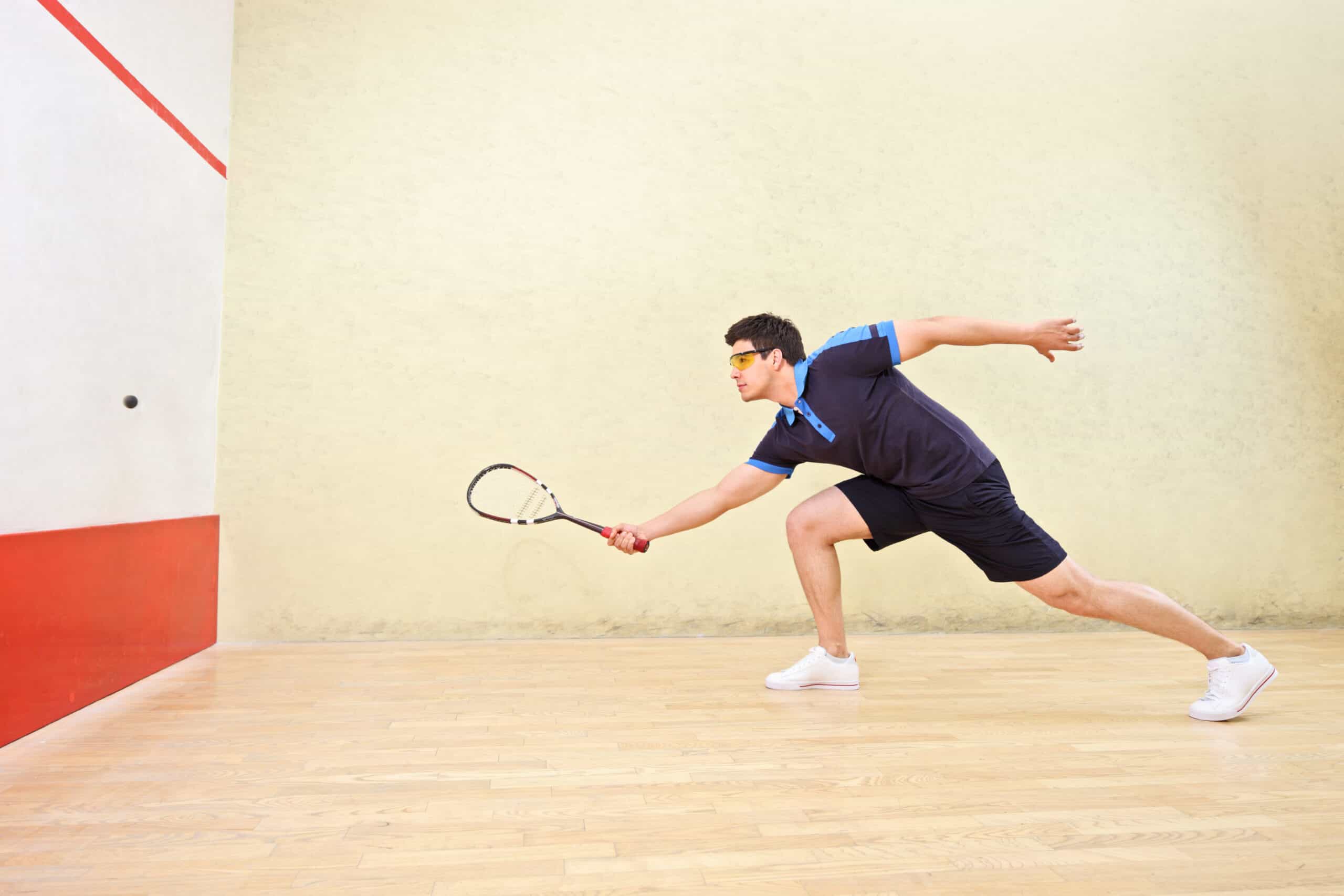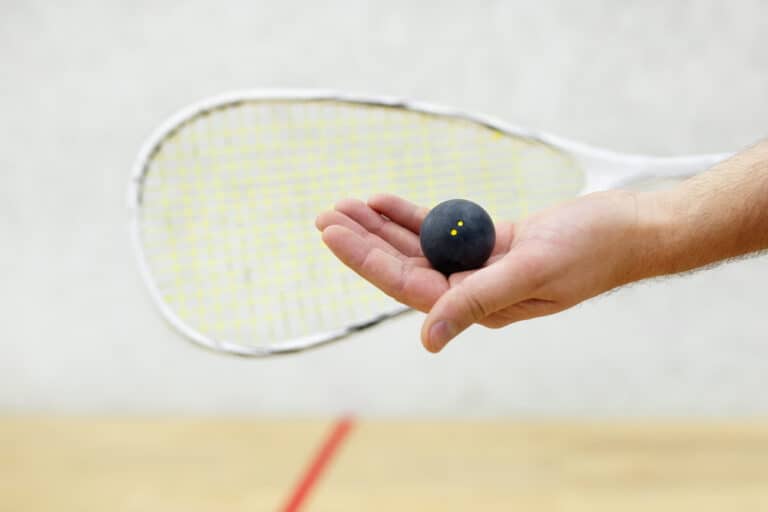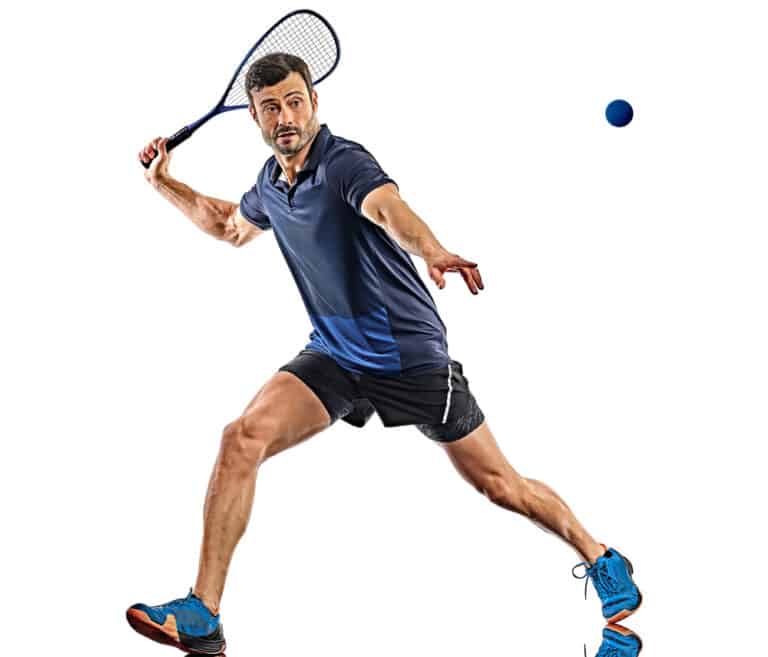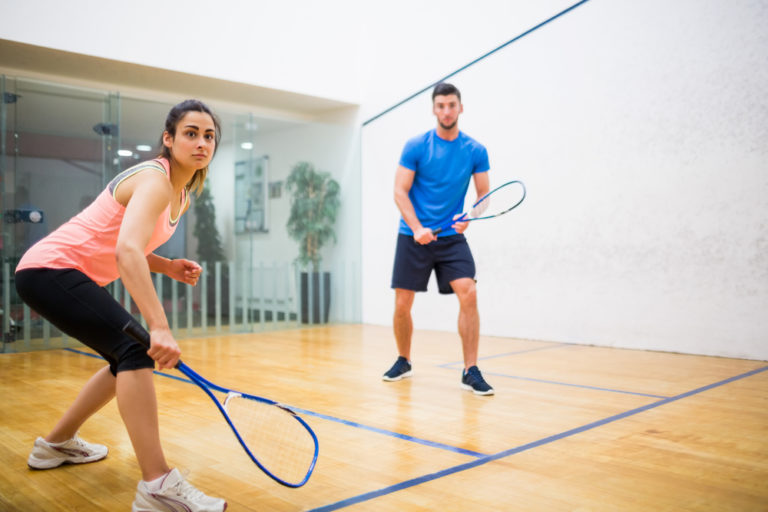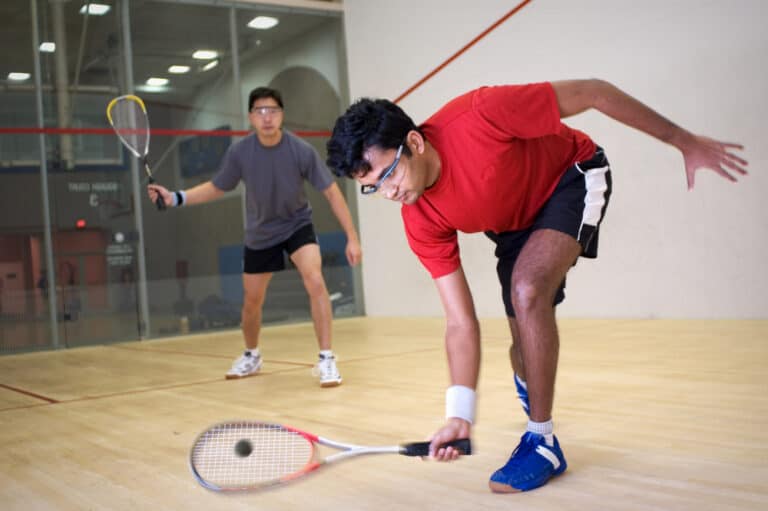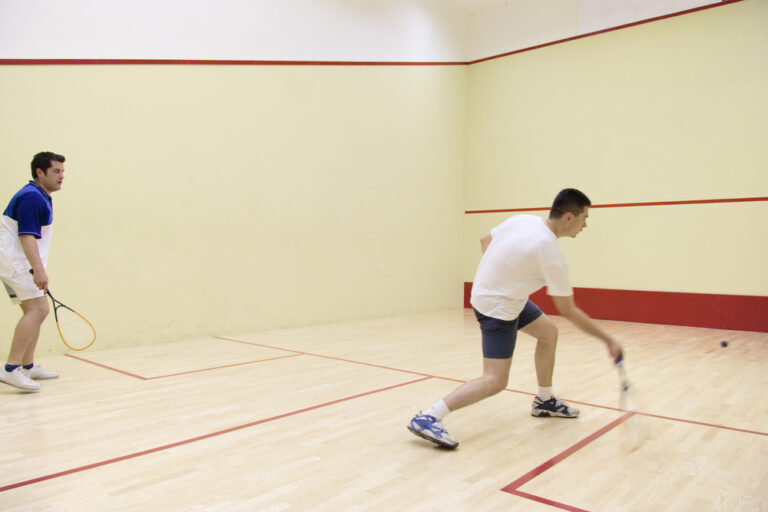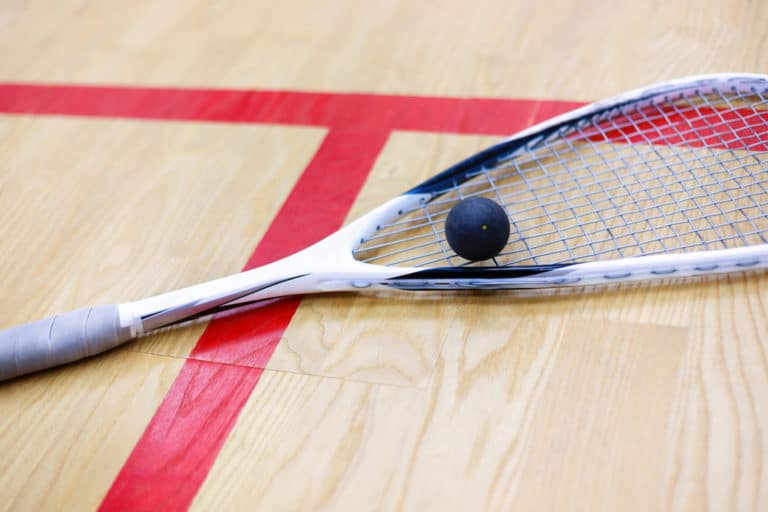Do You Need Squash Goggles If You Wear Glasses?
If you have ever stepped onto a squash court or even witnessed a game being played, you will agree that it is a fast-paced and highly intense sport. To keep the ball warm and in the air, both players typically hit the ball with great power and speed. This is where the question of squash goggles comes into play. You already wear glasses, which are likely prescription, so do you need goggles too?
You will need to wear squash goggles. Regular prescription eyeglasses and any eye guards that are too open or do not have adequate lenses are not sufficient or safe to play squash with. There are other ways around your eyeglasses issue, but the best solution is to get prescription squash goggles.
Prescription eyeglasses are a reality for many people. This becomes an issue in many sports, especially if the individual cannot see appropriately without wearing their glasses. So we know you need to wear protective eyewear, but what are your options, and are there ones that trump others? To learn more about what to do if you wear glasses, be sure to read on.
Is It Necessary To Wear Squash Goggles If You Wear Glasses?
In the U.S., all squash players, regardless of age, must wear protective eyewear on the court in most squash facilities, leagues, and competitions. In addition, according to U.S. Squash, eyewear must adhere to the ASTM-F803 standard. U.S. Squash kindly offers a printable list of authorized eyewear.
If you only play squash for fun with a friend or spouse, no one will force you to wear goggles (unless the club you signed up to states that you must). But if you are wondering if prescription glasses can replace protective squash goggles, the answer is no, they cannot and should not.
Regular glasses are not designed or intended to be used as squash safety goggles. In fact, wearing them can be even more dangerous than not wearing any protective eyewear. Suppose your regular glasses get hit by a squash ball (or racket) traveling at speeds up to 125mph. The likelihood that your glass lenses will break and pierce your eyes in that scenario is high.
What Are Some Alternative Options?
There are three alternatives if you do not like the idea of wearing your prescription glasses under squash goggles. You can wear contact lenses underneath squash goggles or look into purchasing something like the iMASK. And buying prescription squash goggles that provide vision correction and protection from the ball or your opponent’s racket is also an idea.
Prescription Squash Goggles
If you wear your regular glasses under your squash goggles. Remember that the U.S. squash policy states that polycarbonate spectacle lenses should be used if spectacles are worn under protective eyewear. So if this is an issue for you and you do not like wearing contact lenses, then prescription squash goggles are your best bet.
Plenty of squash protective eyewear products are available on the market; some look like ordinary sports glasses rather than “goggles.” The issue with these is that they are meant as eye protection for people with no sight impediments. Some may choose to wear contacts under these, and this does the job; however, some people do not like wearing contact lenses.
In this case, you are looking for something that offers you both eye protection and assistance for your vision. You will have to get yourself a pair of certified impact-resistant goggles with corrective lenses. You will not find these at your local sports shop, but you will likely need to visit your optometrist.
The lenses for these glasses need to be impact-resistant and meet the required safety standards on top of functioning as eyeglasses. Thankfully, what you will find is that these usually fall under a category of glasses known as sports glasses. Thus you will be able to use them for any other sports as well.
The iMASK
The iMASK is dissimilar from the other two options provided as the approach is somewhat different when looking at squash goggles. This gear is a relatively large face shield that wraps around your head. What is appealing about it is that you can wear it over your eyeglasses because of its size.
However, as an aside that may confuse plenty, the policy on U.S. squash goggles is that (even for an iMASK user) the lenses of your glasses need to be polycarbonate. This is even apart from the fact that you are wearing them under protective eyewear. We also query this since the iMASK is an outer shield protecting your eyes, but these are the rules.
Suppose you are happy to make the accommodations required. In that case, you will be glad to hear that the iMASK is enjoyable to use as the visor is large enough, and there is no obstruction of your view. Additionally, the visor sits slightly away from your face, meaning there is space for decent airflow. Resultantly, the iMASK is highly unlikely to fog up.
Does Everyone Comply With These Rules?
Not everyone, even in the U.S., abides by the rules of having to wear goggles when stepping onto the squash court. People may often disregard the rules and not wear eye protection as they feel that they will never fall victim to an eye injury – until it happens.
If you have seen the potential damage that can be caused by the ball or a misplaced racquet swing can do, you will be sure to put on your protective eyewear. There are places outside of the U.S. where it is less common to wear this vital element of your gear. This typically boils down to individuals being more concerned by what others think rather than their safety.
In places like the U.K., juniors only need to use eye guards, and adults are also required to do so when playing doubles. However, with this being said, in England, it is strongly recommended to put on protective eyewear every time you step onto the court.
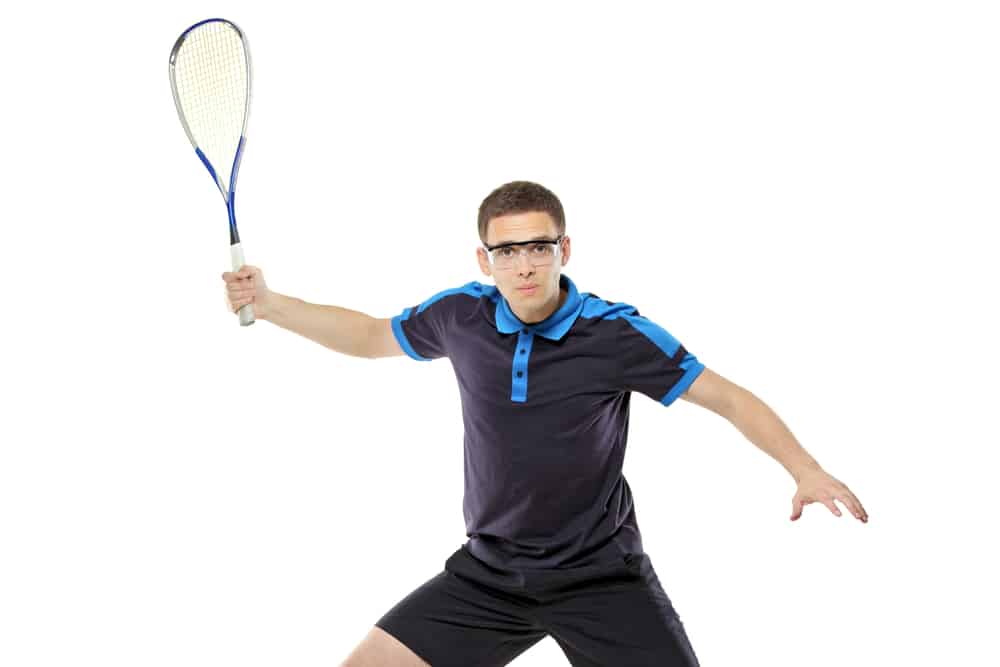
The Reality Of Eye Injuries In Squash
There are plenty of ways one could injure themselves participating in any form of sporting discipline. However, one that takes center stage on the squash court has to be the potential injuries you could face if you do not kit yourself with adequate eye protection. Below are just a few examples, but they will give you a fair idea of what can be avoided by being safe:
- You could tear your pupils, which can lead to that eye not being able to focus on anything, rendering your eye useless.
- Glaucoma can occur if your eye gets struck, and if this happens, it leads to bleeding within your eye.
- Your retina could swell slightly or, worse, hemorrhage, damaging your vision immensely. Surgery will likely be required to make corrections, or you could be left with permanent side effects.
Conclusion
In specific locations and countries, the rules on squash goggles are relatively lax; however, this is unwise. The speed of the ball and other on-court elements could lead to detrimental eye injuries. If you wear eyeglasses, one of the main reasons you want eye protection is that your glasses could shatter and send shards into your eyes. This is entirely avoidable simply by employing the right gear.
References
- https://www.squashsource.com/squash-goggles/#
- https://racketsportsworld.com/squash-players-protective-goggles-eyewear/#
- https://sportscentaur.com/should-you-wear-squash-goggles/
- https://www.onyxsquash.org.uk/squash-academy/the-importance-of-squash-goggles/
- https://www.barclayphysicaltherapy.com/Sports-Activities/Squash/Squash-Guide-for-Selecting-Equipment/a~5034/article.html

